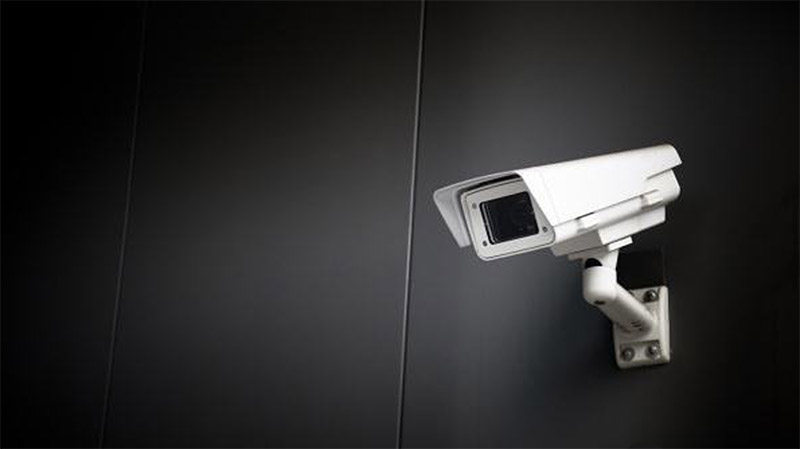A: first, confirm whether the camera power is applied, which can usually be determined by the indicator light. Second, whether the monitor is normal. For example, whether to switch to the corresponding input channel. Third, whether the coaxial cable is in normal compliance contact. Fourth, whether the lens aperture is open. If it is for other reasons, it needs to be returned to the factory for maintenance.

2. What if the camera image turns white?
A: first, check whether it is aimed at the place with strong light. If it is a manual aperture lens, check whether the aperture is opened too large. If it is an automatic aperture lens, check whether the correction value is too low to open the aperture too large. Secondly, check whether the exposure setting of the camera is correct and whether the speed of the electronic shutter is too slow. If it is for other reasons, it needs to be returned to the factory for maintenance.
3. What about camera image color deviation?
A: generally, the color deviation can be improved through the white balance setting: there are two ways to set the white balance:
A. Automatic white balance, continuous mode - at this time, the white balance setting will be continuously adjusted with the change of scene color temperature, with the range of 2800 ~ 6000K. This method is most suitable for the occasion where the color temperature of the scene changes continuously during shooting, so as to make the color display natural. However, when there is little or even no white in the scene, the continuous white balance can not produce the best color effect. Button mode - first aim the camera at White targets such as white wall and white paper, then turn the automatic mode switch from manual to the setting position and keep it at this position for a few seconds or until the image turns white. After the white balance is executed, turn the automatic mode switch back to the manual position to lock the setting of the white balance, At this time, the white balance setting will remain in the memory of the camera until it is changed again, with a range of 2300 ~ 10000K. During this period, the setting will not be lost even if the camera is powered off. Setting white balance by button is the most accurate and reliable, which is suitable for most applications.
B. Manual white balance: turning on manual white balance will turn off automatic white balance. At this time, there are up to 107 levels for adjusting the red or blue status of the image, such as increasing or decreasing one level of red and one level of blue. In addition to times, some cameras also have commands to fix the white balance at 3200K (incandescent level) and 5500k (daylight level).
4. How to select the camera lens?
A: (1) what is the imaging size of the lens? It shall be consistent with the size of the CCD target surface of the camera, as described above, with specifications of 1 / 2 inch, 1 / 3 inch, 1 / 4 inch, etc.
(2) Lens focal length and field of view angle,? Firstly, the focal length of the lens is selected according to the distance from the camera to the monitored project target. After the focal length f of the lens is determined, the field of view is determined by the target surface of the camera.
(3) Aperture or luminous flux the luminous flux of a lens is measured by the ratio of the focal length of the lens to the luminous aperture, marked with F. each lens is marked with its maximum F value. The luminous flux is inversely proportional to the square of the F value. The smaller the F value, the larger the aperture. Therefore, manual aperture or automatic aperture lens should be selected according to the light change degree of the monitored part.
 97506075
97506075

Wechat QR code
